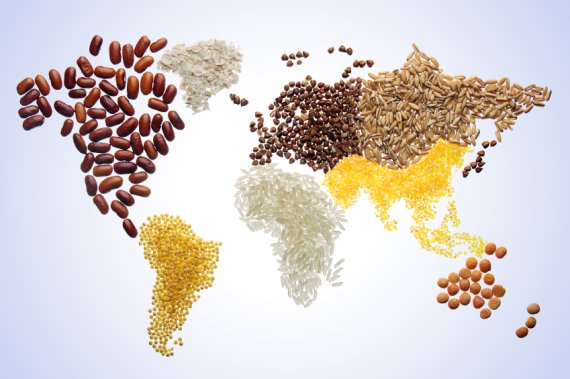Normal 0 21 false false false EN-GB X-NONE X-NONE Chickens play a key role in the food supply in most Ethiopian villages, Nigussie Mullu told me three years ago. ‘They are often the only source of income for the women in the villages. If we can improve the productivity of chickens, we will improve the standard of living of the villagers.’ Mullu was a researcher at the Ethiopian Institute of Agricultural Research. He had just finished a study on what kind of chicken the villagers prefer to have free-ranging around their homes. The outcome was a robust dual purpose chicken, white or reddish brown in colour. The ideal chicken could withstand the local parasites, laid a lot of eggs and had plenty of meat on its bones so that it was worth something after slaughter as well. Mullu had almost finished his PhD research in Wageningen at the time. He graduated in September 2010. I wondered what the situation was now. Mullu’s supervisor Johan van Arendonk could tell me. The PhD research led to a joint follow-up project by Wageningen UR, the Ethiopian institute where Mullu worked and the International Livestock Research Institute (ILRI). This project consists of a breeding programme at the Ethiopian research institute aimed at improving the productivity of the local Horro chickens. This year the improved Horro chickens will be distributed to villagers. In the field research crossbreeds of the local chickens with a productive western chicken breed will be tested too. This makes it possible to compare the breeds under local conditions. So this is ‘science for impact’, contributing both to food security and poverty alleviation. It is too early to say whether it will succeed – you would have to see what the village women’s incomes are like in three years’ time to know that – but this knowledge project looks likely to achieve an impact within five years. Who or what will be the decisive factor in its success? Or, in the lingo of the development world, who is the ‘agent of change’? In this case it is the scientific collaboration between Van Arendonk and Mullu’s Ethiopian supervisor Tadelle Dessie. Their shared vision of the role of improved chickens in the food supply led to the development and application of knowledge in Ethiopia. I think many other Wageningen PhDs lay the foundations for concrete developments, but you don’t often hear about it. After the degree ceremony the university goes back to the order of the day – published articles – and the agent of change flies off. He only comes back on the radar if Wageningen UR is involved in the follow-up project. As in this case. Impact like this is not chicken feed – certainly not to rural Ethiopian women. Links: ILRI: http://www.ilri.org/BreedingforImprovedVillageChicken Mullu: http://resource.wur.nl/en/wetenschap/detail/breeding_indigenous_and_more_productive_chickens/
Not chicken feed
Wageningen research can lead to concrete improvements to local food supplies and poverty alleviation. Take the Ethiopian chicken for example.

